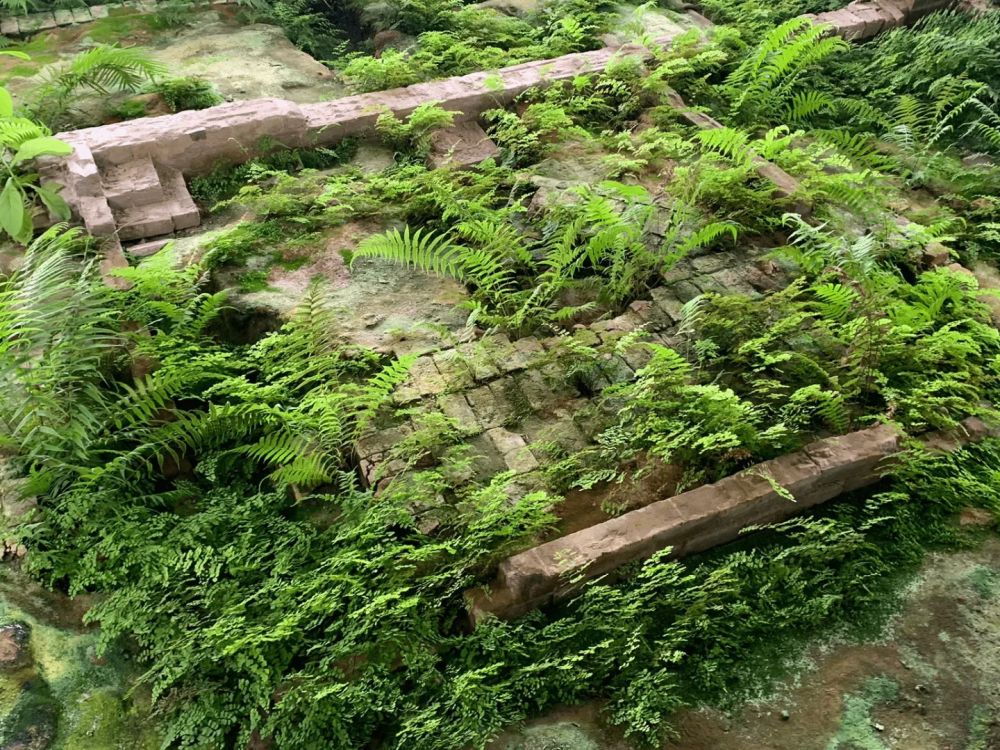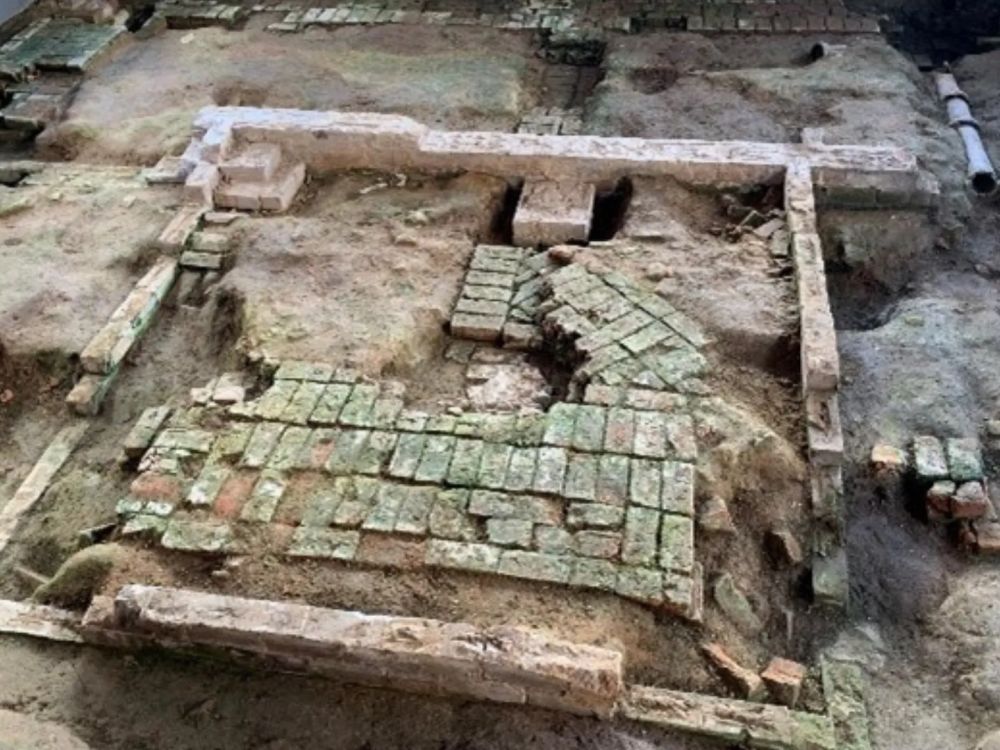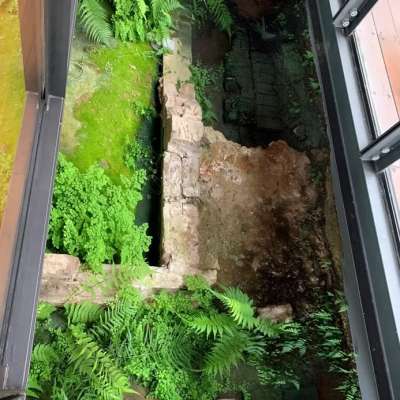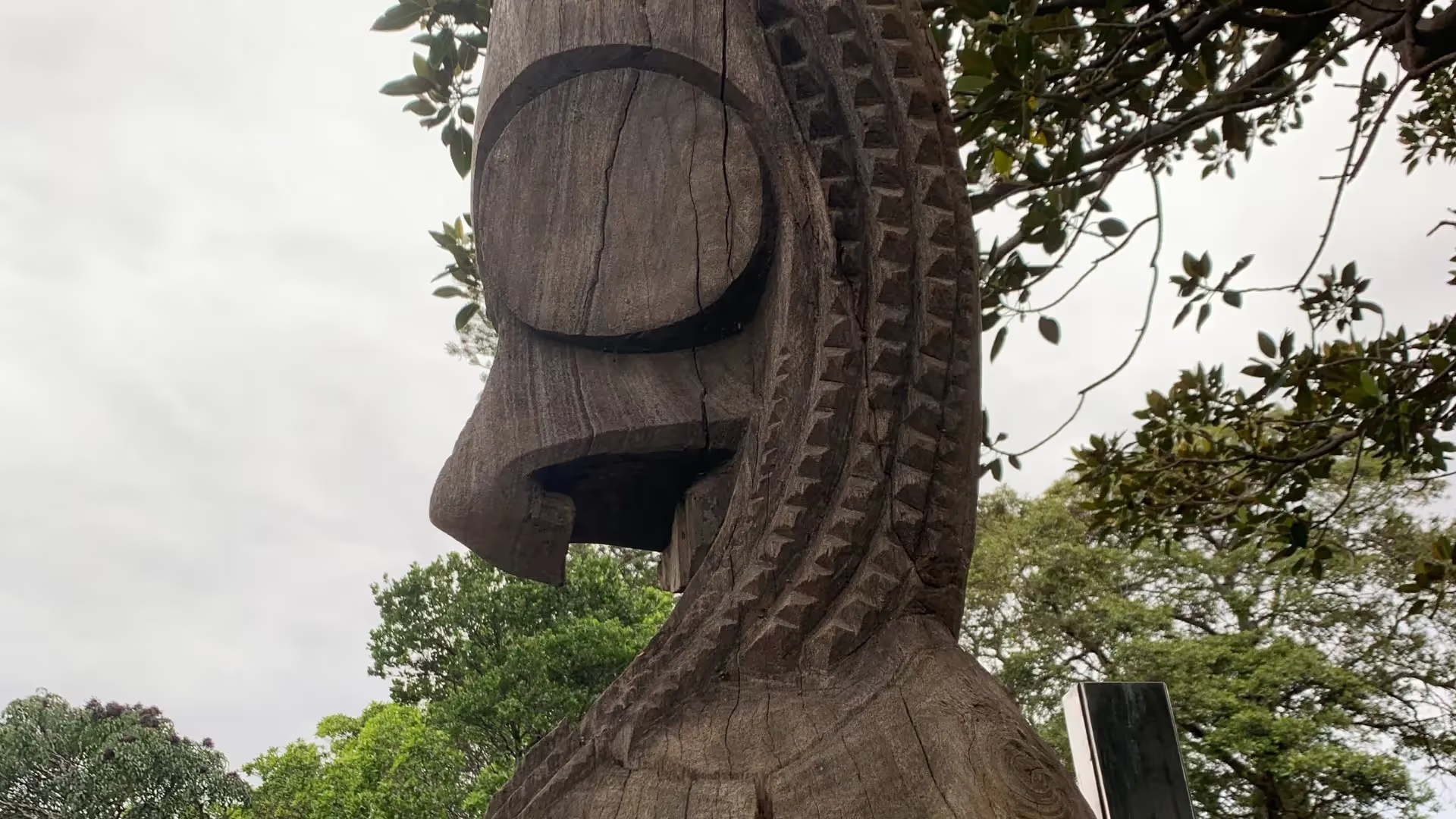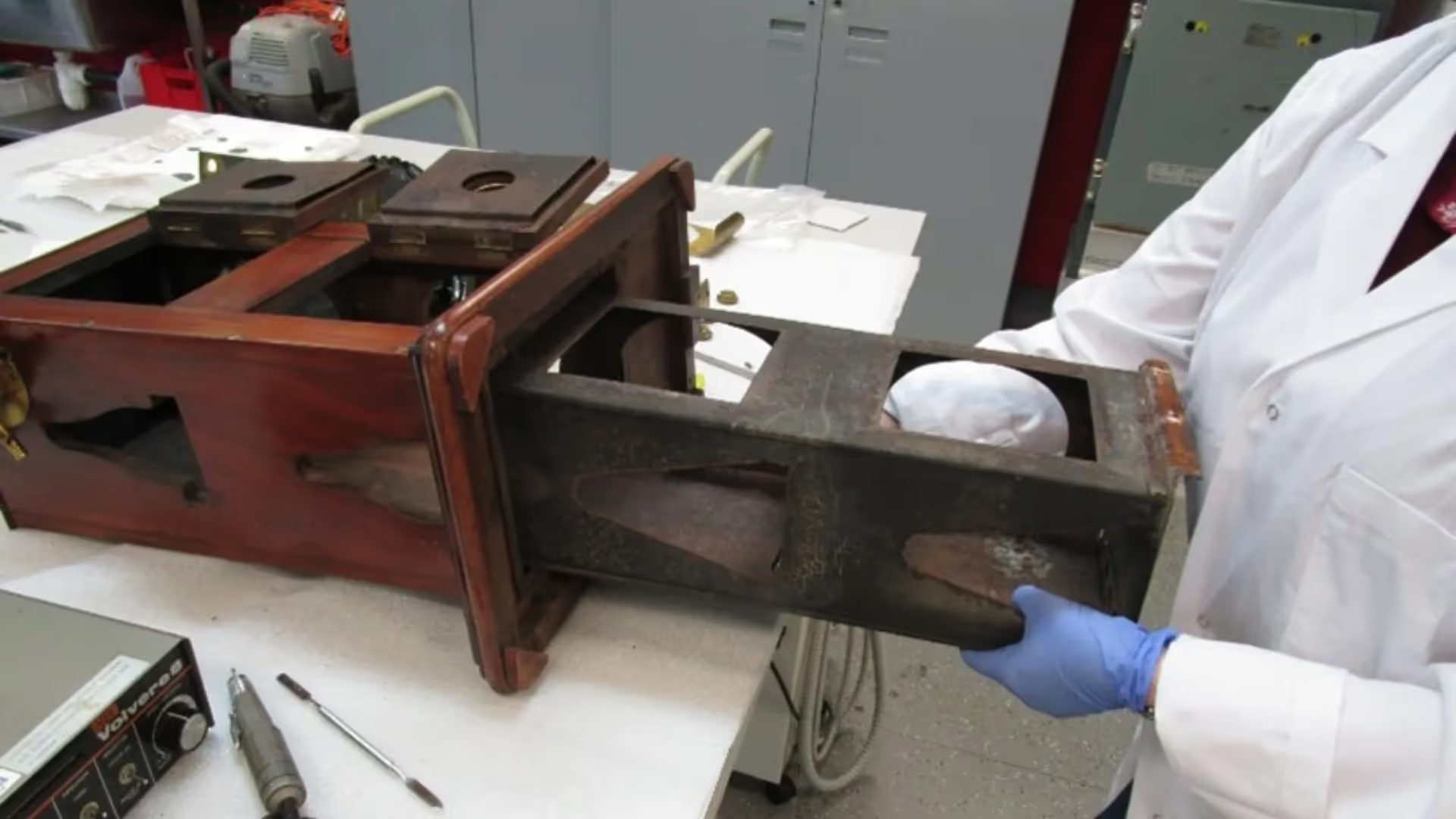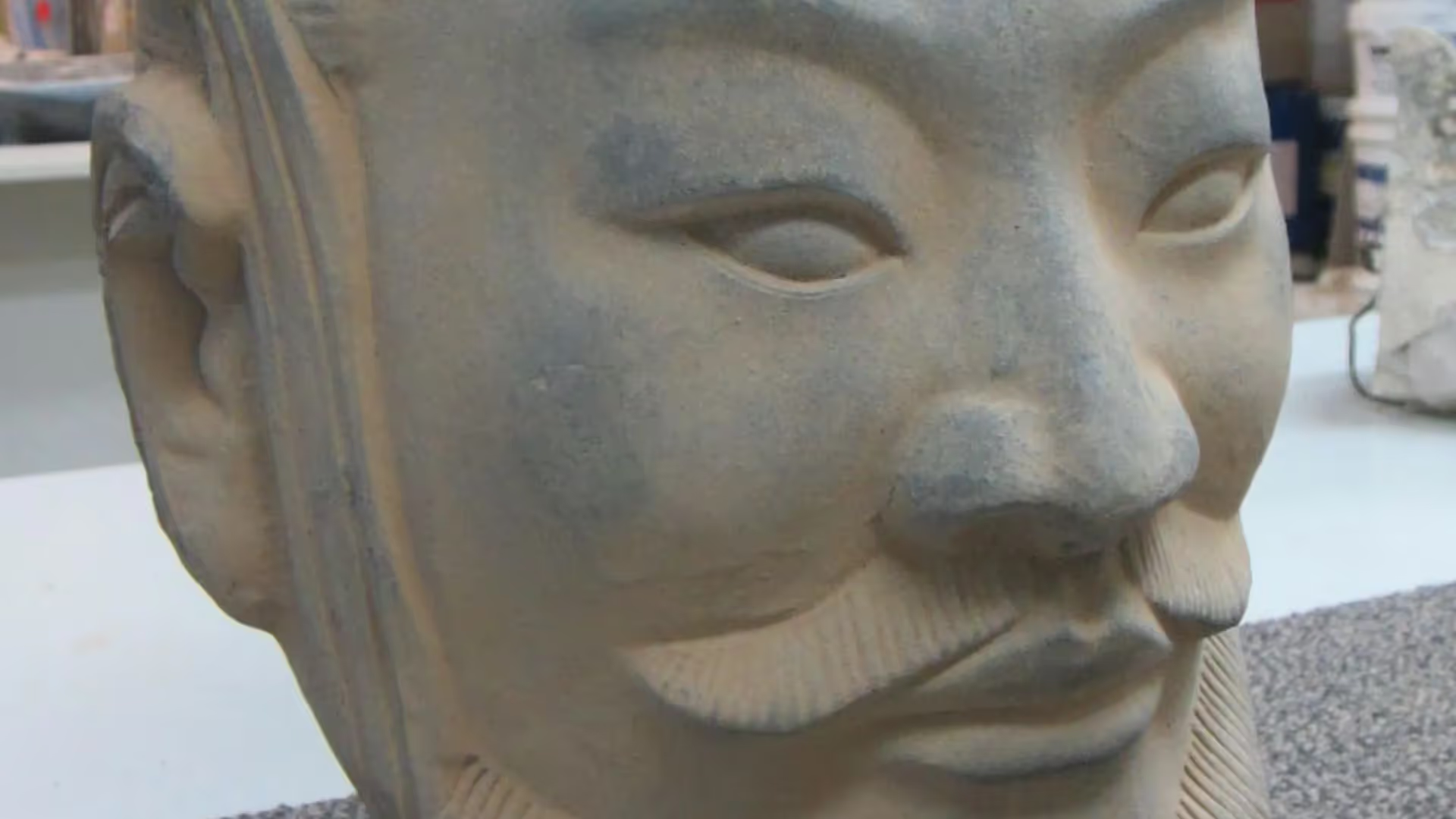Condition
The Kitchen Wing Pavilion contained biological growth on the bricks and soil, particularly in areas where ground water is present. There was extensive dust, insects, and spider webs, and salt efflorescence and flaking on bricks, particularly on the outer walls, with losses of the original stone detail.
The Hospital Pavilion contained extensive and varied biological growth, including the growth of small to medium sized plants on the archaeological remains. There were deposits of salt on bricks and soil, and some rubbish on both the archaeological remains and the viewing platform.
Treatment
- Plants were cut away and placed into rubbish bags to minimise the spread of seeds.
- Small amounts of weed killer were painted directly onto the cut stem of plants.
- Bricks were brushed to remove loose moss and algae where possible.
- Salt efflorescence was cleaned from the surface of the stonework in the Kitchen Pavilion.
Treatment Outcomes
ICS conservators successfully removed the most invasive biological growth causing deterioration, and reduced the rapid growth of vegetation.
However, the current climate and the environment of both pavilion buildings encourages the rapid growth of new vegetation.
Ongoing monitoring and maintenance will be required to ensure the archaeological remains are not damaged.
Before treatment
After treatment
.avif)
